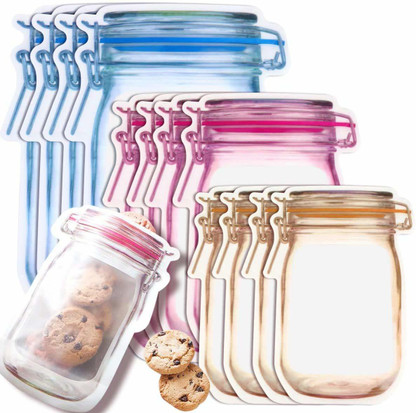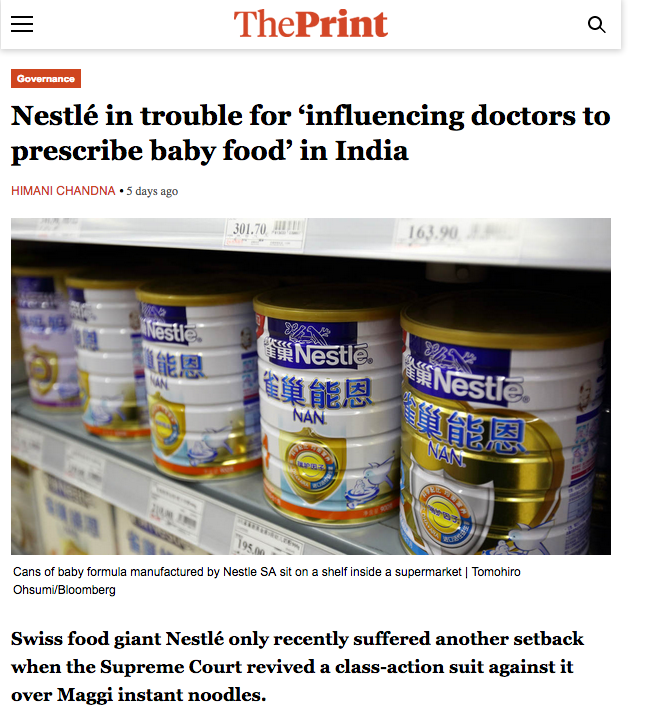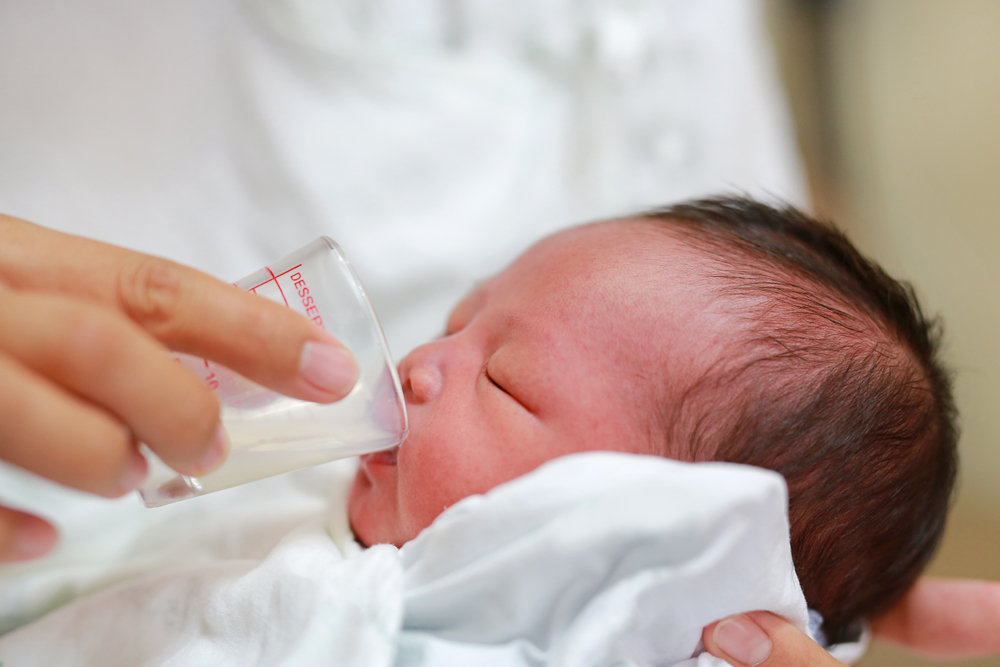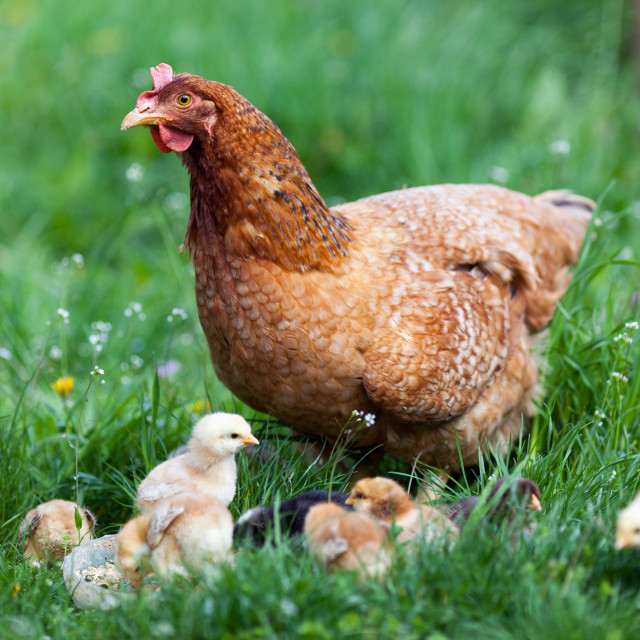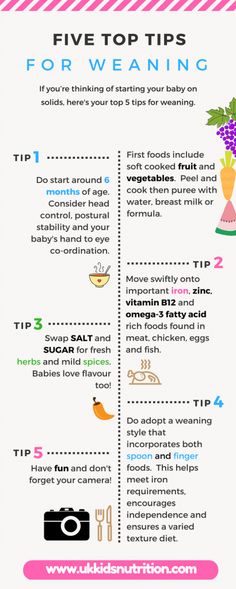Baby wheezing sound when feeding
Baby Wheezing | CMA Symptom
Search for
Search for
- Nestlé Health Science
- health management
- paediatrics food allergy
- signs symptoms
- Wheezing | CMA Symptom
What is baby wheezing?
Baby wheezing, much like it is in adults, is a high-pitched, whistling sound, which happens when the small airways become narrow, making it difficult for a baby to breathe. It is a common problem in babies and, in general, children and babies wheeze more than adults because of differences in the size of their airways.
Baby wheezing usually happens when they breath out, rather than when your baby breathes in. Lots of things can make it sound like your baby is wheezing, such as tiny bits of mucus that can create a short whistling noise whilst your baby breathes, for example. Though many things can make your baby sound like they’re wheezing, they may not always be wheezing and it can be hard to tell a wheezing sound without a stethoscope.
Why is my baby wheezing?
Food allergies
A food allergy, e.g. Cows’ Milk Allergy (CMA), or other allergies, such as to dust or pollen can cause your baby to wheeze.
Asthma
A chronic disease such as asthma can cause your baby to wheeze. This is more likely if a baby’s parents smoke or have a history of asthma themselves, or if the baby’s mother smoked when she was pregnant. It is more likely to be asthma when your baby has continual wheezing episodes.
Illness
A respiratory tract illness or a cold virus can also cause your baby to wheeze. This is especially common in winter months as your baby can catch a virus and become congested.
This is especially common in winter months as your baby can catch a virus and become congested.
Could it be Cows’ Milk Allergy?
Baby wheezing is a common symptom for babies with CMA. Up to 30% of babies with CMA may have wheezing as a symptom.
Babies with CMA usually experience more than just one symptom and these symptoms can be very different from one another.
If you think that your baby has wheezing or is making wheezing sounds, it may be CMA. You may have even noticed other symptoms (besides wheezing, such as vomiting, swelling, rashes, and inconsolable crying), which may affect other parts of your baby’s body.
For a simple and easy way to understand the symptoms associated with CMA, you can use our symptom checklist or symptom diary to track symptoms.
Symptom checker
This will allow you to select all the symptoms that your baby may have that may be cows’ milk-related. You can then discuss these with your doctor.
Treating baby wheezing
There are a few things you can do to help alleviate the symptoms of baby wheezing.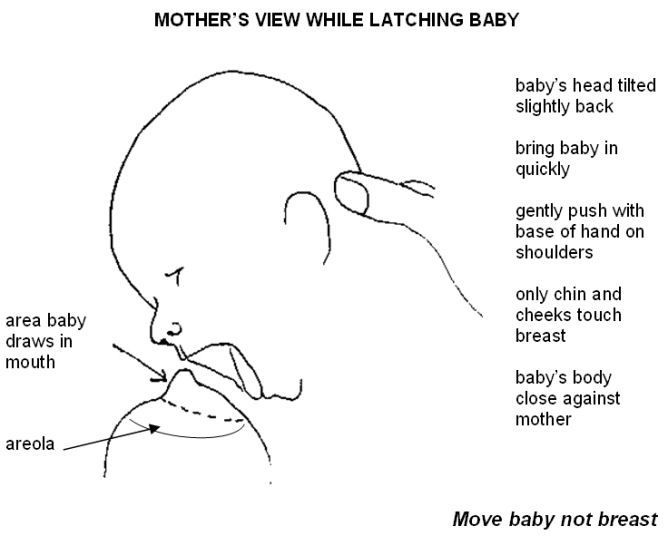 These include:
These include:
- A humidifier - this will add moisture to the air. This is particularly good if your baby is congested from a cold or other virus
- Bulb syringe - a bulb syringe device can help suck some of the mucus out of your baby's nose. This is only helpful if your baby has a cold or other virus
- Hydration - If your baby is wheezing due to an infection, it’s important to keep them hydrated. They will need plenty of liquids
In any case, if you have any doubts or concerns about your baby’s health, you should always seek advice from a medical professional as soon as possible. The information on this website should not replace medical advice from a medical professional.
SmilesBack App
Cows’ milk allergy (CMA) is a common food allergy in baby’s and young children but it is often challenging to diagnose and may take many months and doctors appointments. If you suspect that your baby might have cows’ milk allergy, you can use SmilesBack to help shorten the journey to diagnosis and help put smiles back where they belong.
SmilesBack is an easy-to-use app that has been developed with allergy experts and tested by parents. It enables you to easily record your baby’s symptoms and feeds and summarise them in a one-page, expert-designed report, to support your doctor before they make a diagnosis.
OTHER SYMPTOMS OF COWS' MILK PROTEIN ALLERGY
CRYING AND COLIC
View Symptom
ANAPHYLACTIC SHOCK
View Symptom
Constipation
View Symptom
PERSISTENT COUGH
View Symptom
INCONSOLABLE CRYING
View Symptom
DIARRHOEA
View Symptom
ECZEMA
View Symptom
GROWTH DISORDER
View Symptom
BABIES WITH HIVES
View Symptom
REFUSAL TO FEED
View Symptom
Rash
View Symptom
REFLUX AND REGURGITATION
View Symptom
SWELLING
View Symptom
VOMITING
View Symptom
BABY WON’T SLEEP
View Symptom
IMPORTANT NOTICE: Breastfeeding is the best form of nutrition for babies and provides many benefits to babies and mothers. It is important that, in preparation for and during breastfeeding, you eat a healthy, balanced diet. Combined breast and bottle feeding in the first weeks of life may reduce the supply of your own breastmilk, and reversing the decision not to breastfeed is difficult. Always consult your healthcare professional for advice about feeding your baby. The social and financial implications of using infant formula should be considered. Improper use of an infant formula or inappropriate foods or feeding methods may present a health hazard. If you use infant formula, you should follow the manufacturer’s instructions for use carefully – failure to follow the instructions may make your baby ill. Formula for special medical purposes intended for infants must be used under medical supervision.
It is important that, in preparation for and during breastfeeding, you eat a healthy, balanced diet. Combined breast and bottle feeding in the first weeks of life may reduce the supply of your own breastmilk, and reversing the decision not to breastfeed is difficult. Always consult your healthcare professional for advice about feeding your baby. The social and financial implications of using infant formula should be considered. Improper use of an infant formula or inappropriate foods or feeding methods may present a health hazard. If you use infant formula, you should follow the manufacturer’s instructions for use carefully – failure to follow the instructions may make your baby ill. Formula for special medical purposes intended for infants must be used under medical supervision.
Why is my baby wheezing? Causes and treatments
Wheezing or a high-pitched noise that comes from the chest during breathing is common in babies and children.
Between 25-30 percent of infants will experience at least one episode. Around 40 percent experience it by the age of 3 years old and almost 50 percent by the age of 6 years.
Around 40 percent experience it by the age of 3 years old and almost 50 percent by the age of 6 years.
The most common causes are asthma, allergies, infections, and gastroesophageal reflux disease (GERD).
Fast facts on baby wheezing:
- Many parents are scared when they hear their baby wheezing, but it is very common.
- Babies and children are more likely to wheeze than adults. Factors that contribute to this include the higher airway resistance in children’s lungs, and their smaller bronchi or small airways.
- Some babies are born with inherited and congenital conditions that may contribute to wheezing.
Children’s lungs are smaller, have less airway resistance, and have less elastic recoil and fewer collateral airways, so they are more easily obstructed than adults
What do different types of wheezing mean?
Share on PinterestAsthma or allergies are common causes of wheezing in babies.If the wheezing is seasonal or happens when a baby is exposed to a particular environment, such as dust or air pollution, the most likely causes of wheezing are asthma or allergies.
If the wheezing started suddenly, it is likely to be the result of a respiratory infection or inhaled foreign body.
Persistent wheezing from birth suggests a baby may have been born with a congenital anatomic anomaly.
Children who persistently wheeze and suffer recurrent respiratory illnesses should be tested for cystic fibrosis, agammaglobulinemia, and primary ciliary dyskinesia.
Allergies: If your child is allergic to a substance, such as pollen or dust, their body sees that substance as a foreign body, and their immune system responds. Part of this process causes the airways to narrow, meaning air is forced through a smaller space. This narrowing causes a whistling sound.
Asthma: Children with asthma have sensitive airways that can become inflamed when exposed to triggers and irritants, such as cigarette smoke or air pollution. This leads to wheezing, coughing, shortness of breath and tightness in the chest. Symptoms tend to be worse at night.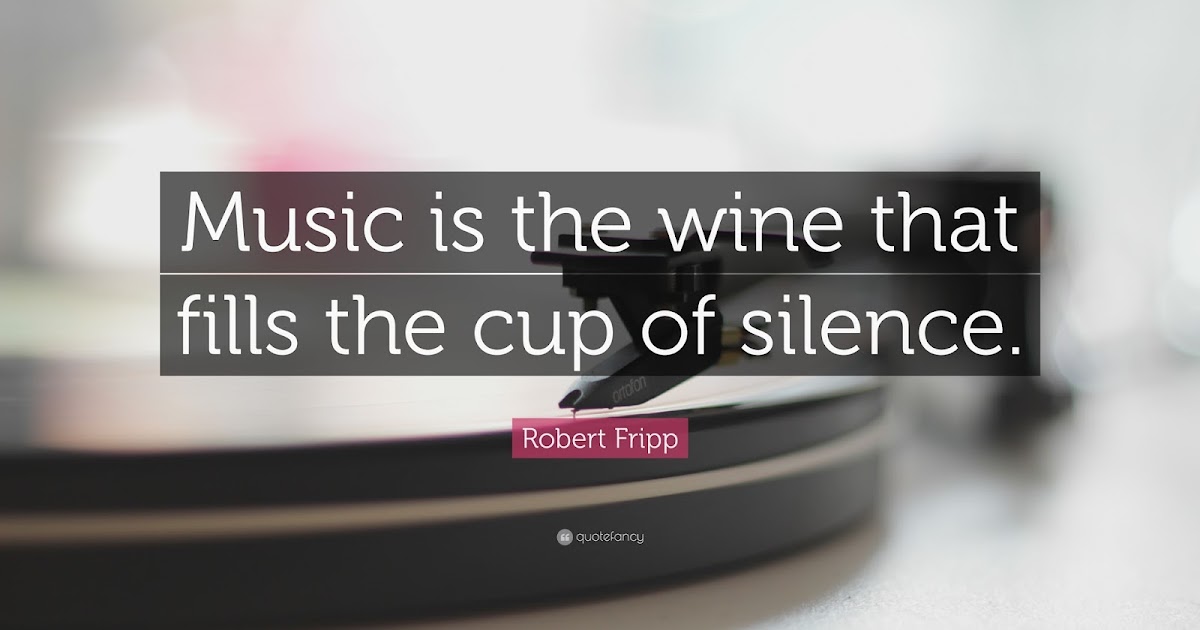
Gastroesophageal reflux disease (GERD): Known as GERD, this is a condition in which stomach acid leaks back into the esophagus or food pipe. Small amounts of this fluid can then be breathed into the lungs, causing irritation and swelling of the small airways, which in turn causes wheezing. Regular burping, during feeding, and sitting your baby in an upright position for at least 30 minutes after feeding can reduce the risk of GERD. Infants tend to outgrow the condition by the time they reach their first birthday.
Infections
Share on PinterestMost chest infections in infants can be treated at home, but medical attention should be sought if there are unusual or serious symptoms present.
Some chest infections can lead to a baby or infant wheezing. These include lower respiratory infections, such as bronchiolitis and pneumonia.
Upper respiratory infections, also known as the common cold, can also cause noisy breathing but will not cause wheezing unless the lower airways are affected, as well.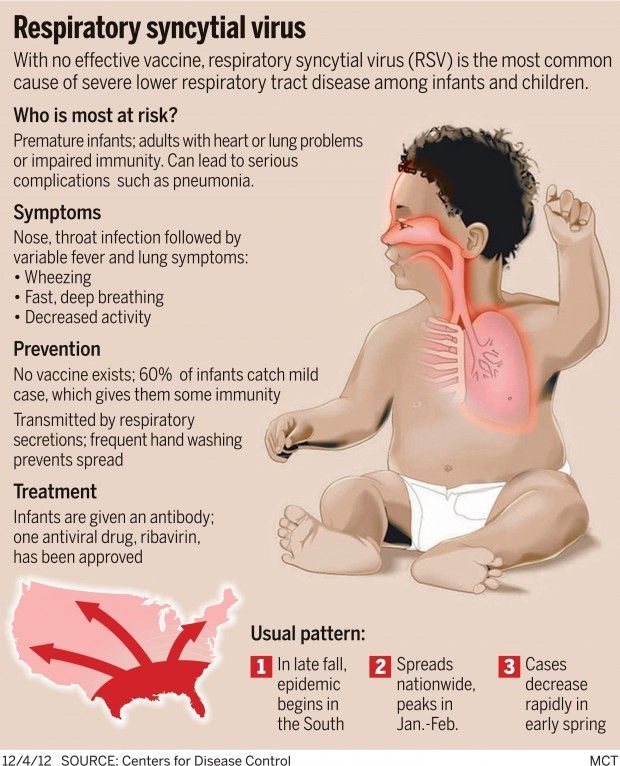
In most babies, these infections will get better by themselves with treatment at home, rest, and plenty of fluids.
A small number of infants with bronchiolitis, while seeming otherwise healthy, will still have symptoms, including wheezing, a dry cough, and vomiting after feeding after 4 weeks have passed.
Parents should seek medical attention if the child is under 12 weeks old, has an underlying medical problem, is struggling to breathe, is feeding poorly, has not had a wet diaper for more than 12 hours or has a temperature of 100.4°F or above.
Parents should seek immediate medical attention if their baby is pale or sweaty, their tongue or lips are blue, or there are long pauses in their breathing.
Symptoms of pneumonia can develop suddenly, over 24-48 hours or may come on slowly over several days. Pneumonia symptoms include:
- a cough
- breathing difficulties
- a rapid heartbeat
- fever
- sweating
- shivering
- loss of appetite
Babies and very young children have an increased risk of developing pneumonia, but most cases in preschool-age children are viral, meaning the only treatment is supportive, such as rest and fluids.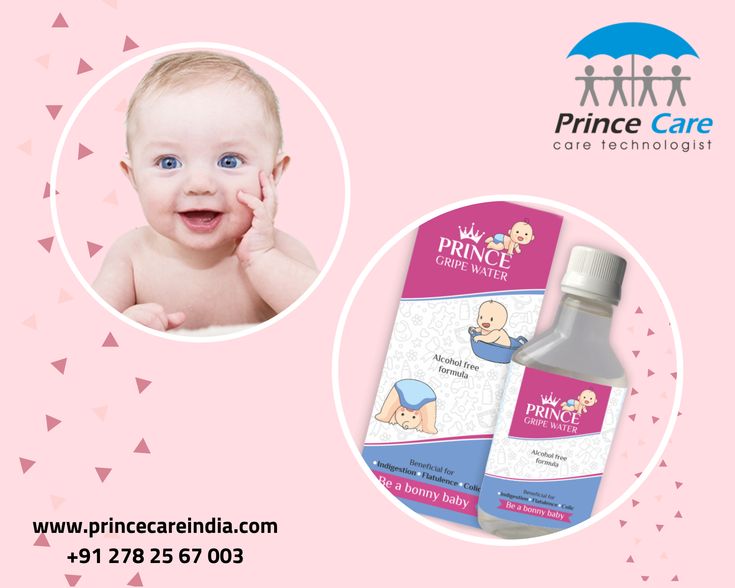
If a baby has chest congestion, a cough, a runny nose, a fever of 104°F or more, and is unable or barely able to keep fluids down, the parents or caregivers should speak to a doctor.
Share on PinterestWhen feeding infants, ensure they eat slowly, and only manageable pieces, to avoid choking.
- Bronchopulmonary dysplasia (BPD) is a chronic condition that usually develops in premature babies who have been on ventilators and oxygen because their lungs were underdeveloped at birth. Babies with BPD may need additional oxygen after being discharged from the hospital.
- If a baby has inhaled a foreign body, and it has obstructed the airways, they may wheeze, cough or choke. This can happen during eating or playing. Someone should immediately place the baby in an upright position and seek urgent medical attention.
To prevent choking from happening, children younger than 4 years of age should not be given food, such as popcorn, peanuts, hard candy, large pieces of hot dogs, or hard, raw fruits or vegetables.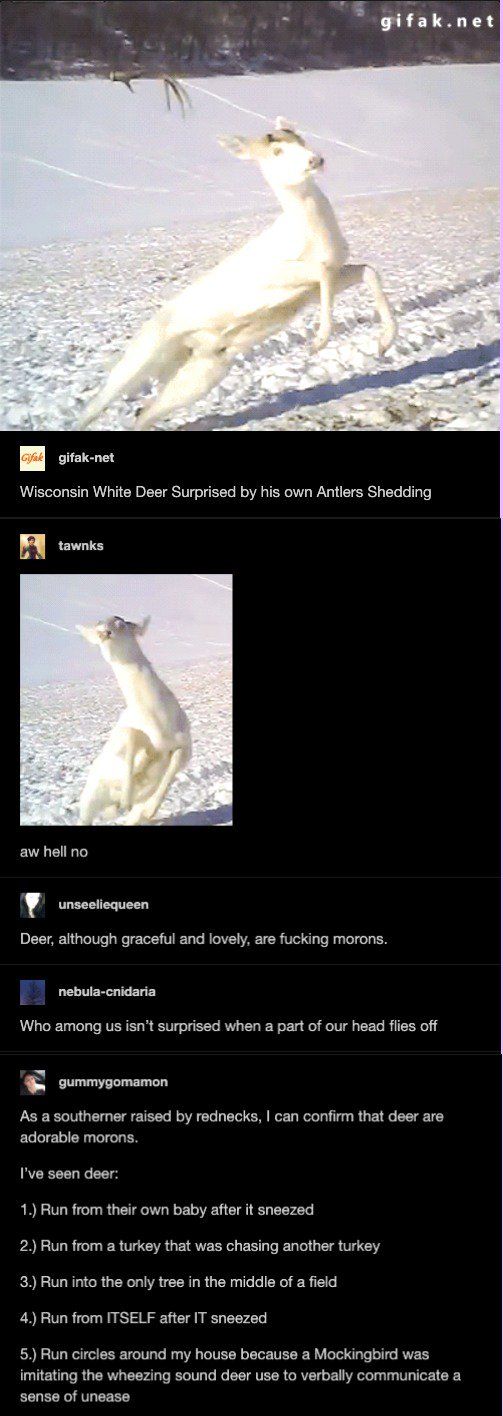
When caring for a toddler, a person should encourage them to sit quietly while eating and only offer one piece of food at a time.
Children under 3 years old should not be given toys with small parts because of the risk of choking
If a baby has been wheezing since birth, the reason might be a congenital one. Congenital condition can include:
- congenital vascular abnormalities
- cystic fibrosis
- immunodeficiency diseases
- primary ciliary dyskinesia
- tracheobronchial anomalies
- vocal cord dysfunction
Because there are a large number of reasons why a baby might wheeze, treatment depends on the specific cause. A doctor may suggest treating wheezing at home if it is the first time it has occurred.
However, it is important to see a doctor in the first instance if you notice your baby wheezing. These at-home remedies may be recommended by a doctor:
Humidifier
An air humidifier adds moisture to the air. This can help loosen up any congestion in the airways, potentially reducing wheezing.
This can help loosen up any congestion in the airways, potentially reducing wheezing.
Hydration
If a baby is wheezing due to an infection, it is important to keep them properly hydrated. Making sure the baby has enough fluids ensures that mucus is loose and helps clear the nasal passages.
Nebulizer
A nebulizer is a device that allows medicine to be inhaled as a mist. If the wheezing is caused by asthma, a doctor may prescribe albuterol, which might also be mixed with salt water. Albuterol will only work if the wheezing is caused by asthma.
If either of the following is seen in a baby, emergency help should be sought:
- labored breathing
- bluish skin or lips
Wheezing in children | Nestlé Health Science
- Nestlé Health Science
- health care
- wheezing
Wheezing or noisy breathing is characterized by a high-pitched, whistling sound that occurs when the small airways constrict, preventing the child from breathing. This is a common problem in infants, and in general infants and children wheeze more than adults due to differences in the size of their airways. nine0013
This is a common problem in infants, and in general infants and children wheeze more than adults due to differences in the size of their airways. nine0013
Why does my child wheeze?
There are various causes of wheezing in children, including:
- Food allergy, such as Cow's milk protein (CMP) allergy , or other allergies to dust or pollen
- Chronic disease such as asthma
- Respiratory disease or cold virus
Symptom analysis
Can wheezing be a manifestation of CMPA?
Wheezing is a typical symptom in children with CMPA. Nearly 30% of children with CMPA have wheezing as a symptom.
Children with CMPA usually have more than one symptom, and these symptoms can be very different from each other.
If you think baby is wheezing, or making wheezing sounds, it could be CMPA.
You may have noticed other symptoms (other than wheezing) that may affect other parts of the child's body.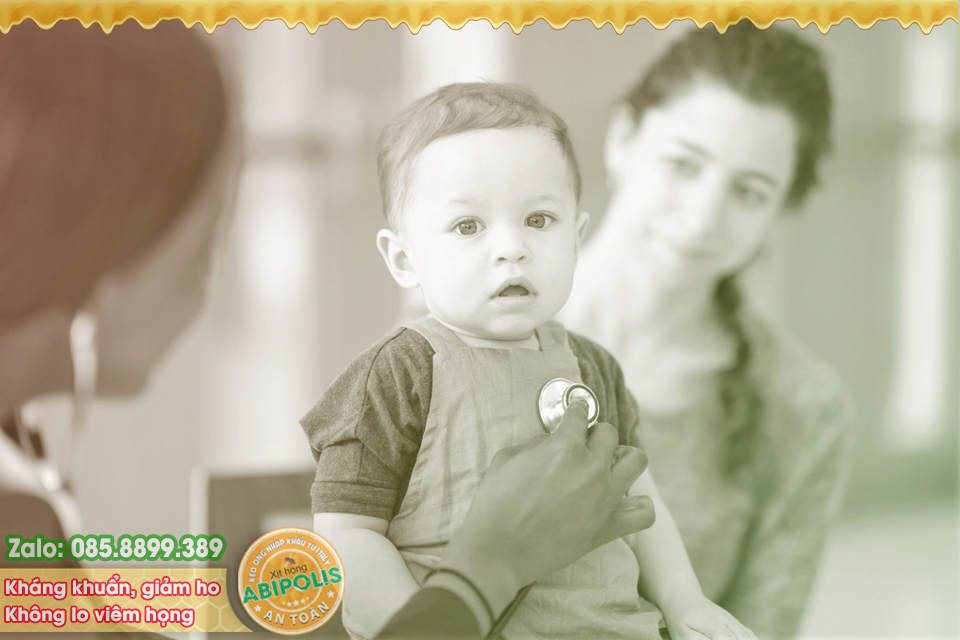
For a simple and easy way to check for typical symptoms associated with CMPA, you can use our Checking symptoms.
in any case, if you have any doubts or concerns about the health of the child, you should consult a health care professional as soon as possible
Other symptoms of cow's milk protein allergy
ANAPHILACTIC SHOCK
View product
nine0010 CRYING AND COLIC
View product
CONSTIPATION
View product
COUGH
View product
DIARRHEA
View product
ECZEMA
View product
GROWTH DISTURBANCE
View product
urticaria
View product
nine0010 REFUSAL TO FOOD
View product
RASH
View product
REFLUX AND BUCK
View product
Runny nose and sneezing
nine0010 View product
EDITEC
View product
VOMITING
View product
IMPORTANT NOTE: : It is possible to continue breastfeeding if the infant is allergic to cow's milk protein. To do this, the mother needs a special diet with the exclusion of all sources of cow's milk protein. Only if these measures do not bring the desired effect, the doctor recommends the use of a special therapeutic mixture intended for children from 0 to 1 year old. It is important to follow the correct methods of preparing the mixture: using boiled water, sterilized bottles and following the rules for diluting the mixture. Medicinal mixtures intended for diet therapy of CMPA should be used under the supervision of a physician. nine0013
To do this, the mother needs a special diet with the exclusion of all sources of cow's milk protein. Only if these measures do not bring the desired effect, the doctor recommends the use of a special therapeutic mixture intended for children from 0 to 1 year old. It is important to follow the correct methods of preparing the mixture: using boiled water, sterilized bottles and following the rules for diluting the mixture. Medicinal mixtures intended for diet therapy of CMPA should be used under the supervision of a physician. nine0013
Wheezing/noisy, hard, heavy breathing in a child
home > Symptoms of childhood illnesses: section information > Wheezing / noisy breathing in a child
A B C D E F G H I K L M N O P R S T U F X C H W Shch E Yu Ya
When the airways are normal, the child breathes silently and effortlessly. When their patency is disturbed, a high-pitched sound may appear during breathing, as the air passes through the narrowed breathing tubes with effort.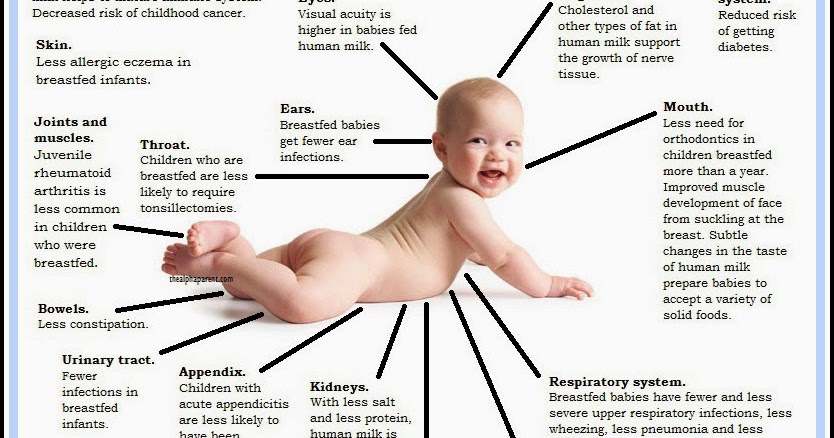 Wheezes are sounds that occur when a child breathes in and out through a narrowed airway. Airway obstruction can occur due to swelling caused by infection, foreign body, inflammation, and bronchial muscle spasm in asthma. Sometimes a rough wheeze is heard only on inspiration: this may be a symptom of croup. This wheezing is called stridor (see Help for Croup). nine0013
Wheezes are sounds that occur when a child breathes in and out through a narrowed airway. Airway obstruction can occur due to swelling caused by infection, foreign body, inflammation, and bronchial muscle spasm in asthma. Sometimes a rough wheeze is heard only on inspiration: this may be a symptom of croup. This wheezing is called stridor (see Help for Croup). nine0013
EMERGENCY
Call 'emergency care' for child if wheezing is present:
- shortness of breath
- the child has blue skin around the lips
- unusual drowsiness, lethargy
- inability to speak or make normal sounds
CAUTION!
Wheezing in a child may appear suddenly when a foreign body has entered the respiratory tract. Small wheezing may be accompanied by SARS. If you experience wheezing when breathing, contact your doctor immediately. nine0013
| ASK YOURSELF | POSSIBLE CAUSE | WHAT TO DO |
| Does an infant have rather loud wheezing only when he inhales? Is he eating and growing normally? | Norm | If the child eats, sleeps and grows normally, noisy breathing simply shows that the tissues of the airways are still quite elastic. |
| Does the child also have a runny nose or cough? nine0013 | Cold (ARVI) | Call the pediatrician . Give plenty of fluids, make the child comfortable (see also Runny nose in a child) |
| Child under one year old? Does he have a cough that lasts 2 hours or more? Has he had a cold the last day or two? Rapid and labored breathing? Does he refuse to eat? Irritable? nine0013 | Bronchiolitis is a disease, usually viral, affecting the smallest bronchi | Call "emergency" . If the diagnosis is confirmed, hospitalization may be required |
| Does the child cough often? Do you have bouts of difficulty breathing, especially at night or during exercise? Does anyone in the family suffer from asthma or allergies? nine0013 | Asthma | Make an appointment with pediatrician . |
| Does the child have difficulty breathing, choking? Short, dry cough that sounds like a dog barking; hoarse voice? Elevated temperature? Do symptoms get worse at night? nine0013 | Croup - difficulty in breathing caused by inflammation and narrowing of the upper airway | Although most seizures can be relieved with home remedies (see Help for Croup), if a seizure occurs, call " " "emergency" . Before the doctor arrives, take the child to the bathroom, close the door, pour hot water into the bath to create steam, Let the child breathe humidified air. Drop Naphthyzinum in your nose. If the condition does not improve, give the child a breath of cool night air |
| Does the child suddenly have difficulty breathing, wheezing? | Foreign body in the airways (most common in children 6 months to 2 years of age) | This is an emergency. | nine0182
| Shortness of breath, wheezing, severe cough? The temperature is raised to 38.3 about C or more? Is the child not feeling well? Do the intercostal spaces retract when you inhale? | Pneumonia | Urgently call the pediatrician , he will make a diagnosis and prescribe treatment. Hospitalization may be required (see Difficulty breathing, Cough) |
| Does your child snore while sleeping? Do you wake up irritated every morning? Does he often breathe through his mouth because his nose is stuffed up? Tired quickly? Does he speak through his nose? Does he have frequent colds and ear infections? | Enlarged adenoids; allergy | Consult a pediatrician , he will examine the child to detect enlarged adenoids (see also Runny nose in a child, or an allergic disease), prescribe treatment |
FOR INFORMATION
Why wheezing is more common in young children
Wheezing is common in children under 3 years of age. Since their airways are smaller, obstruction due to spasm of the bronchial muscles, inflammation and swelling of the mucous membrane, and accumulation of secretions occurs more easily than in older children. Respiratory tract diseases can be provoked by air pollution, including cigarette smoke. If anyone in the family smokes, you must insist that no one smokes in the house. nine0332
Since their airways are smaller, obstruction due to spasm of the bronchial muscles, inflammation and swelling of the mucous membrane, and accumulation of secretions occurs more easily than in older children. Respiratory tract diseases can be provoked by air pollution, including cigarette smoke. If anyone in the family smokes, you must insist that no one smokes in the house. nine0332
Avzalova Darya Evgenievna
Pediatrician, neonatologist
Experience: 19 years
Reviews: 7
Call to house
Barzenok Tatyana Arsenievna
Chief physician, head of the pediatric department, pediatrician of the first category
Experience: 29 years
Reviews: 17
Make an appointment Call to house nine0013
Belousova Elena Sergeevna
Pediatrician, Nephrologist
Experience: 19 years
Reviews: 14
Make an appointment Call to house
Bykov Mikhail Viktorovich
Pediatrician of the highest category, specialist in ultrasound diagnostics, candidate of medical sciences
Experience: 26 years
Reviews: 3 nine0013
Make an appointment Call to house
Kazakova Liliya Valentinovna
Pediatrician, neonatologist, head of breastfeeding consultants service
Experience: 29 years
Reviews: 31
Make an appointment Call to house
Sergienko Tatyana Yakovlevna
Pediatrician, pediatrician on duty at the pediatric hotline
Experience: 40 years
Reviews: 21
Make an appointment
A complete list of symptoms (more than 70) that require the help of a pediatrician can be found here.

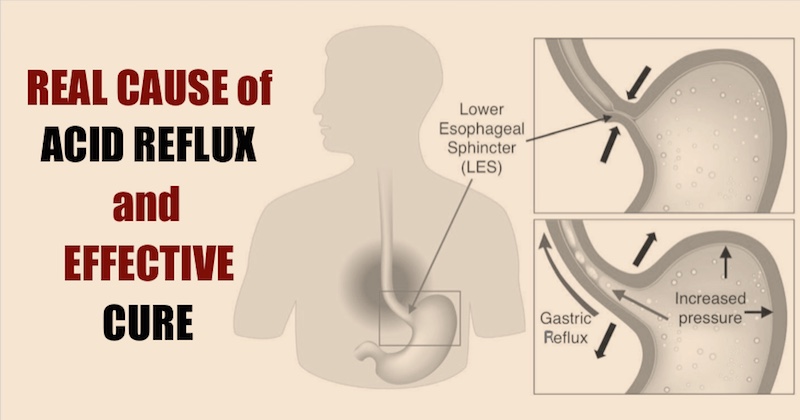 Such noisy breathing should pass by 1.5 years, when the cartilages of the larynx (windpipe) become denser. Nevertheless pay attention to the noisy breathing of the child attention of the pediatrician at the next examination
Such noisy breathing should pass by 1.5 years, when the cartilages of the larynx (windpipe) become denser. Nevertheless pay attention to the noisy breathing of the child attention of the pediatrician at the next examination 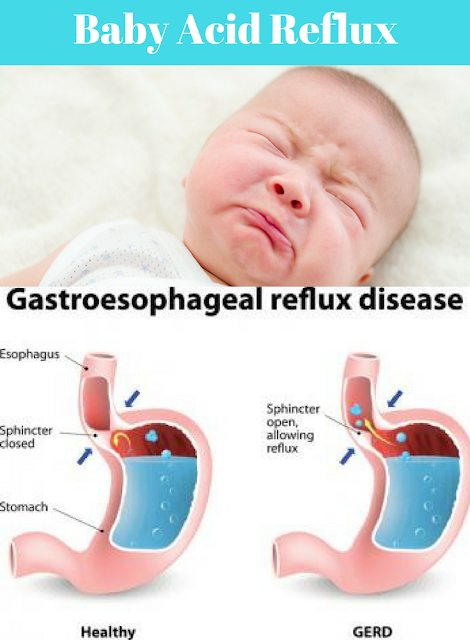 He will examine the child and prescribe the necessary examinations; advise treatment based on results (see also If child has asthma)
He will examine the child and prescribe the necessary examinations; advise treatment based on results (see also If child has asthma)  Call an ambulance ; first aid measures - see Respiratory arrest)
Call an ambulance ; first aid measures - see Respiratory arrest) 

